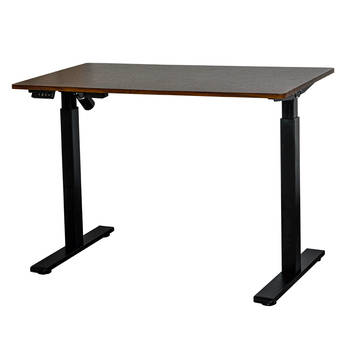What are the core types of weather resistance materials for Outdoor Patio Furniture?
Outdoor Patio Furniture materials that can resist natural erosion are mainly divided into four categories, each with its performance characteristics. Among metal materials, aluminum alloys and stainless steel are the most common. After oxidation treatment, aluminum alloys are highly corrosion-resistant and light in weight and are not easy to deform; stainless steel is known for its high strength and is suitable for load-bearing parts, but attention should be paid to choosing models with higher nickel content to improve rust prevention capabilities. In synthetic materials, plastic rattan and modified plastic have both waterproof and sun protection properties, and do not require frequent maintenance. They only need to be cleaned regularly with soapy water. Among solid wood, Acacia and Eucalyptus wood that have been specially anticorrosively treated can resist insect damage and rainwater penetration, but it needs to be painted regularly to maintain durability. In addition, fabrics with UV protective coatings are often used in cushions and shade parts, which can effectively delay fading caused by ultraviolet rays.
How to enhance durability by surface treatment of materials?
Surface treatment is a key link in extending the life of Outdoor Patio Furniture, and different materials have their own exclusive protective processes. Metal furniture usually uses electrostatic spraying or anodizing treatment. The former can form a uniform weather-resistant coating to resist rainwater and ultraviolet erosion; the latter forms an oxide film on the metal surface to improve hardness and corrosion resistance. Solid wood furniture needs to undergo triple treatments for degreasing, anti-corrosion and oil sealing. Degreasing can reduce the risk of wood deformation, anti-corrosion treatment can resist microbial erosion, and oil sealing can isolate moisture and air. Although the synthetic material itself has strong weather resistance, some products will add additional anti-aging agents to further improve the stability in high temperature and severe cold environments.
How to extend the anti-aging cycle of the material during daily maintenance?
Scientific maintenance can significantly improve the durability and color retention of outdoor furniture materials. For metal and synthetic furniture, it is recommended to clean it with mild soap once a month to remove surface dust and stains. Wipe the moisture after cleaning to avoid local corrosion caused by residual liquid. Solid wood furniture needs to pay attention to the paint state. If you find that raindrops no longer form water droplets on the surface but seep into the wood, or the coating will peel or fade, you need to repaint it in time. In terms of seasonal maintenance, after the outdoor season, the furniture should be covered with protective covers or stored in dry and ventilated garages and basements. Pay special attention to plastic and rattan products to avoid low temperature freezing and cracking. For fabric parts, they need to be thoroughly dried and stored after cleaning to prevent mold from growing and causing mold.

 English
English 中文简体
中文简体 日本語
日本語 한국어
한국어 Español
Español
 Language
Language












